Adwords can be an incredible way to get your marketing campaign in front of the right people – for some it is responsible for over 90% of their business.
However, for many people, Adwords is just a fast way to lose money.
In most cases, those who are struggling with Adwords are simply making some simple, though not always obvious, mistakes.
In this post, we’re going to take a look at how you can avoid these mistakes and what you can do instead. We’ll do this for both the Display network and the Search network.
Using the tips covered in this post, you should be able to set up future advertising campaigns in a way that will ensure successful conversion rates and results.
Let’s begin!
Picking the right keyword list and placements
Before we get started, it’s worth mentioning that if you follow the tips below and you’re still not getting good results with the Search Network, you might want to switch over to the Display Network.
That’s what Aquaripure did and they achieved a 50% lower CPA, on the Display Network, as compared to what they could achieve on the Search Network.
In any case, if you want to achieve a 10% conversion, like some, you need to know how to target your ads effectively.
For Display advertisements, targeting tends to come down to picking the right keywords, ad copy and placements in order to secure a quality score.
Though there are other targeting options, you can achieve the best (and often the quickest) conversion rate results by using these targeting methods.
When you advertise based on a specific keyword list, you’re choosing to display your ads on webpages that contain the keywords you have selected.
When advertising based on placements, you are choosing to advertise on specific websites/webpages that are chosen by you.
Placement targeting can be very powerful. Hungry Fish used placement targeting to get their ads shown on over 2,500 relevant sites.
Picking the right keywords and placements can be tricky. Thankfully, Google has provided a tool that we can use, in order to get things right.
This tool is called the Google Display Planner.
To use it, log into your Google Adwords Account and then select ‘Display Planner.’
You’ll then see the page below.
Here, you have to type in some information, based on the niche of your online business. It’s a good idea to enter a broad search term with a relevant keyword.
For the sake of this post, I’m going to assume that I’m targeting my ad copy towards the ‘cake decorating’ community – so I’ve typed in the search term, ‘Cake decorating.’
Note: You can also enter in your landing page URL – though this can sometimes return less specific placement and keyword ideas.
When using the Keyword Planner, make sure that you pick the right location, as this can affect the data.
Once you’ve entered the relevant information, click on ‘Get ad group ideas.’
You’re then shown the page below.
As you can see, the tool has returned some interesting information related to how we can target our ads.
As we’re interested in targeting search terms, let’s click on the ‘Keywords’ tab.
We can now see some ad group ideas.
If I click through to one of these ad groups, I’ll be presented with a relevant keyword list that I can target.
As before, I can also see that there is some demographic and device data provided, but for this specific ad group.
The keyword list has been sorted by relevance, letting me know which keywords are most likely to result in conversion rate success.
On this page, you’ll also see some inventory information.
Ideally, you want to pick Keywords that can provide a lot of impressions. This will make it easier for you to double down, should you have a winning marketing campaign on your hands.
If you want to see the keywords for every ad group on one page, go back to the initial page and click on ‘Individual targeting ideas.’
Picking keywords this way will mean that you have to do a little bit more legwork.
Note that a keyword can appear relevant in the eyes of Google, but return little ROI. For example, the keyword ‘cake baking cakes,’ is questionable, in terms of the search engine results it will generate.
Now, let’s look at how you can find placements.
To find targeted ad placements, you need to click on the, ‘Placements’ tab.
In doing so, you’re presented with a list of ‘Sites, Mobile apps and Videos.’ These can act as placements for your campaign.
To begin with, focus on ‘Sites.’
The other options require you to optimise your marketing campaign to fit each form of advertising. A normal landing page, for example, might not work well for someone who clicks through from a mobile app.
Note: You will eventually want to make sure that your website is optimized for mobile devices, considering mobile shopping searches on Google have increased by 30%.
If you click on, ‘Individual targeting ideas,’ you’ll see that each placement form has been separated out.
When I click on the ‘websites,’ option, I’m provided with a list of the websites that are worth targeting, via placement.
As you go through the Display Planner, you can click on the arrows to the right of a placement or a keyword.
This will save the data.
If you use this option you can click on ‘Download,’ so that you can save this data and input it when you’re actually setting up your advertising campaign.
Note: Ignore the forecast section here, as it is based on estimates. These figures don’t necessarily represent what you will pay for or achieve with your own campaign.
Next, let’s look at how you can better target your Search campaigns.
On your Adwords homepage, select ‘Tools,’ but this time select Keyword Planner.
You want to enter a keyword here that signals intent.
Odds are, if your Adwords campaign currently isn’t returning any results, it’s probably because you’re not targeting keywords with ‘intent.’
There are many types of intent.
However, ‘Commercial intent’ keywords are often the best types of keywords to target, because they tend to bring the best returns.
This also means that they’re the most expensive.
Going with the example from earlier, let’s say that I’m selling cake decorating supplies. ‘Buy Cake Decorating supplies,’ is a good keyword that signals ‘Commercial intent.’
Using this keyword will also help Google come up with other keywords that signal commercial intent.
Upon entering this keyword, I’ll see some relevant ad groups for the advertising campaign.
If I want to see all of the keywords in one list, I can click on ‘Keyword ideas.’
Some of these keywords aren’t that targeted and not all of them will return clicks with a high conversion rate.
Therefore, if I want the keywords to be more precise, I can select the option of ‘Only show ideas closely related to my search terms,’ from the left hand sidebar.
The volume of searches is now less, but these keywords are more likely to convert.
Bidding for these keywords tends to cost a lot more, because they’re more targeted and have a greater chance of converting. Other marketers are aware of this and help to push up the price.
Note: When running a Search Engine campaign, make sure that you select ‘Exact match,’ targeting. This will ensure that you are only advertising in relation to the exact keywords that you have selected and will help you to maintain a quality score.
It can be a good idea to work out the lifetime value of a customer. This will give you a better idea of how much you can afford to spend on advertising in terms of setting a daily budget, per customer.
Running unappealing ads
Because Display advertising is a very visual marketing campaign method, it is important that you take the time to create ads that are eye catching and ‘click worthy.’
One thing that you can do, in order to make your ad click worthy, is to include a call-to-action within your image.
Note: Google doesn’t take kindly to overly aggressive wording of calls-to-action within your ads.
Because of this, you often won’t be able to say something like, ‘Click here,’ something that is seen as too direct, in the eyes of Google.
You will, however, be able to say things like ‘Learn more’ or ‘Shop now.’
On top of that, you can often include ‘Power words’ in your call-to-action. Again, be careful and use these at your own discretion.
‘Free,’ is an example of a power word.
Here is an example of an ad that uses a Power Word effectively.
The good thing about Display Image Ads is that you’re not too restricted when it comes to how much ad copy you can have in it. This is compared to Facebook, where the use of text can impact an ads ‘reach.’
It can also help to make your call-to-action look like a button.
Here is an example of how that can be done, from KISSmetrics.
You’ll also notice that the person in the image, is looking at the call-to-action – something that is also known to improve results.
The colour scheme used in your image is important, too.
Strong vibrant colors tend to do well, as they’re good at grabbing the attention of someone who is otherwise browsing the internet.
Here are some examples of vibrant colors that tend to stand out well.
Additionally, you need make sure that your ad conveys the benefits of your offer.
What’s special about your offer, and why should people be interested?
Is it price? Is it a special returns policy? Is it that the offer is only going to last a limited time?
This ties in with what we were discussing earlier, in relation to using Power Words.
The ad below shows how you can convey benefits.
If you’re running display campaigns on Google Adwords, there’s a good chance that ‘Banner Blindness’ will set in after a while – especially if you’re running an advertising campaign using placement targeting.
So, if you notice your CTR dipping, think about creating a new batch of ads.
For search engine Ads, you really need to make sure that you are pushing the benefits, while also being very specific. You also need to do a good job of dealing with objections to your online business, too.
Sit down and list some reasons people won’t buy from you. If your online business can overcome these reasons, make sure that you make that clear in your ad copy.
A good way to learn what makes an effective search ad is to simply search an expensive keyword and take a look at the top advertiser and how they’ve composed their ad.
If the top advertiser can afford to pay for the top spot, it means that, in part, their ads are highly effective.
Below is an example of what comes up when ‘buy flowers’ is typed into the search engine. Believe it or not, this is a very competitive industry.
I’ve highlighted some of the important bits of ad copy that let you know the benefits that are being pushed and also the objections that are being dealt with simultaneously.
As you can see, all of these marketing campaigns mention 7 day delivery. They also mention that they’ll deliver – even on a Sunday. The second company even mentions how they deliver all year, every year in their ad copy.
Some mention that delivery is, ‘Free.’
One company also states how long they’ve been in business.
These are details that matter to their customers, so including them in your ad copy is important.
Below is another example, based on the keyword ‘buy diamonds.’
Again, you can see how the sellers have made the effort to reassure people before they click, that clicking on that ad is the right decision for them.
The ad copy is benefit rich, but short. Yet, it still does a good job at reassuring people.
When you’re writing the ad copy for your own search engine campaign, make it as succinct as possible.
Don’t include any fluff.
Tell people why they should trust your online business, buy from you and why buying from you will be easy and stress-free.
If there is anything that sets you apart – mention it.
Here is an example of how ad copy can change, depending on what matters most to your customers.
Not learning how to split test
Split testing is essential, if you want to succeed with Google Adwords, or any ad platform, for that matter. And, it is something that you should do for as long as you advertise.
You can take heed of all the advice that I’ve provided in this post and things can still not work out well.
That’s because paid traffic can be tricky and it rarely provides any guarantees.
What works today won’t work tomorrow.
The best way to protect yourself, maintain a quality score and increase the odds of winning with Google Adwords, is to split test.
By methodically testing different versions of a single ad, you’ll be able to increase your chances of ‘getting lucky,’ and creating a high converting ad.
Here’s an example of how you can split test your search ad.
The principles behind creating an effective ad will always remain, but the surface level details of an ad should be constantly refined in pursuit of better conversion rate results.
You don’t have to take down an existing ad that’s already generating results – just run a new ad alongside it, to see which one comes out on top.
It is important that when you are split testing your ads, you let them run for a while before you decide if you have a winner on your hands.
This is especially the case if you’re testing a new ad variation against something that has been running for a long time.
Conclusion
Adwords is an awesome way to bring targeted visitors to your online business within hours – visitors who can turn into customers that give you money.
However, Adwords can also be an incredible way to lose money in hours, too.
In this post, we’ve taken a look at the steps you can take in order to avoid some of the common mistakes that people make, when running Google search engine campaigns.
We’ve looked at improving the targeting of your ads, while also improving the creatives.
For each section, we also examined what’s most important for the Display network, your quality score and the Search network.
Take a fresh look at your campaigns and see if there is anything that you can do to improve your results, using the tips from this post.
Good luck!
Do you have any Adwords tips you can share? Let me know below!

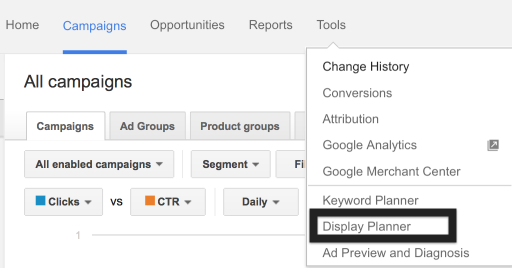
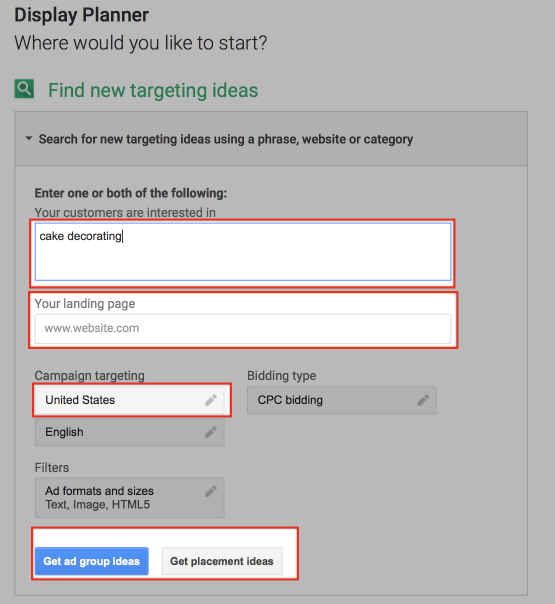
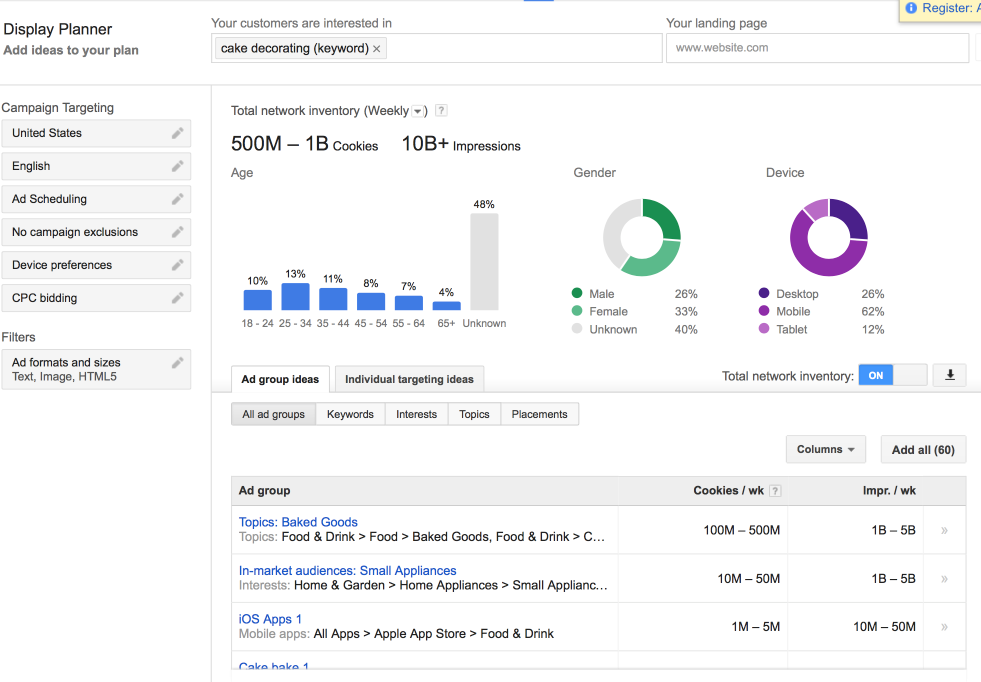
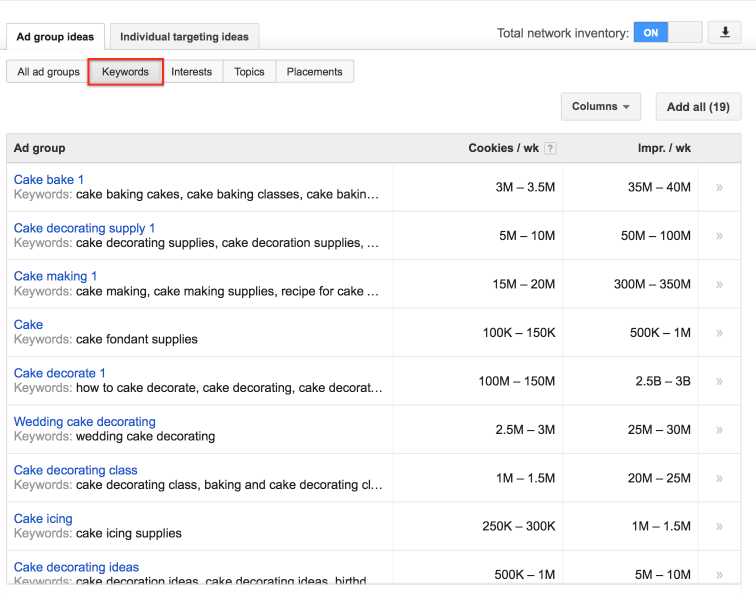
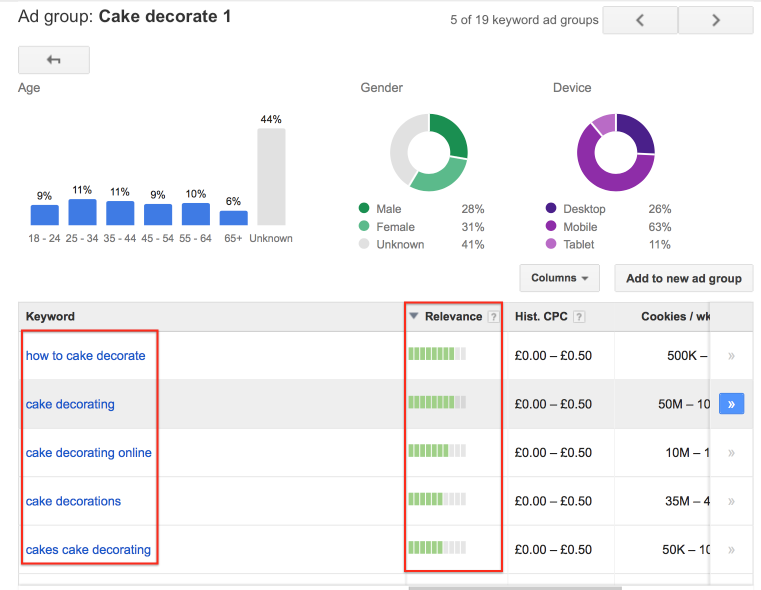



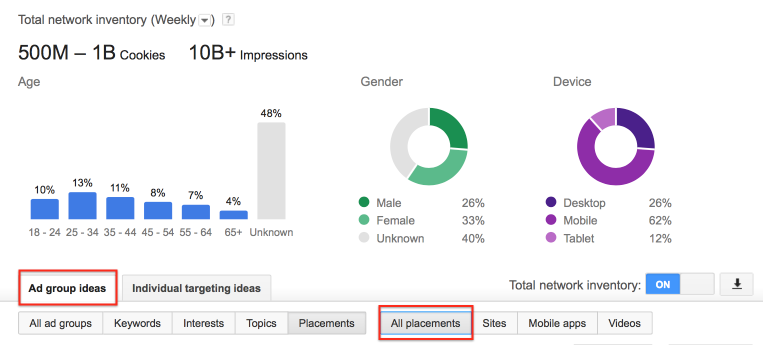
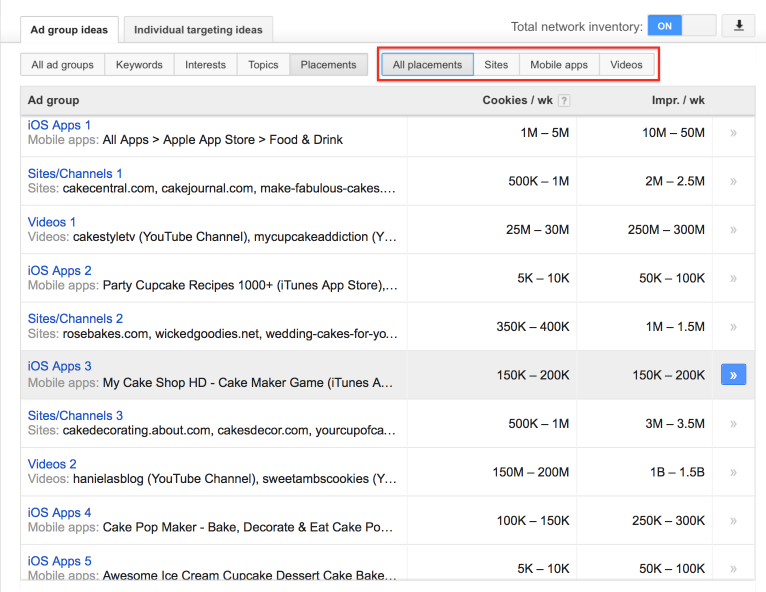
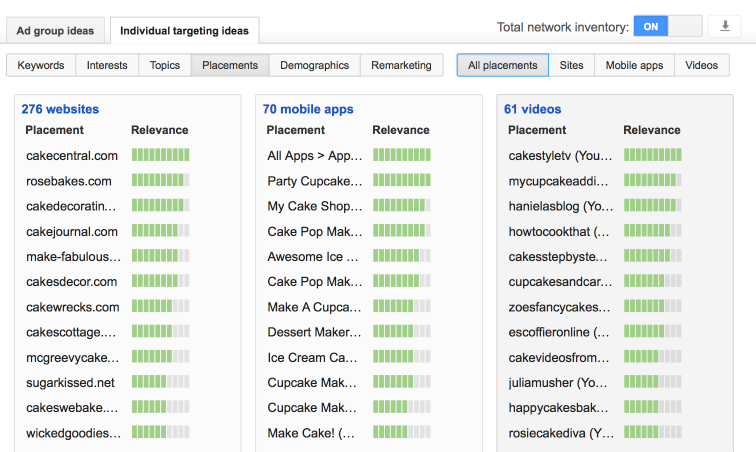
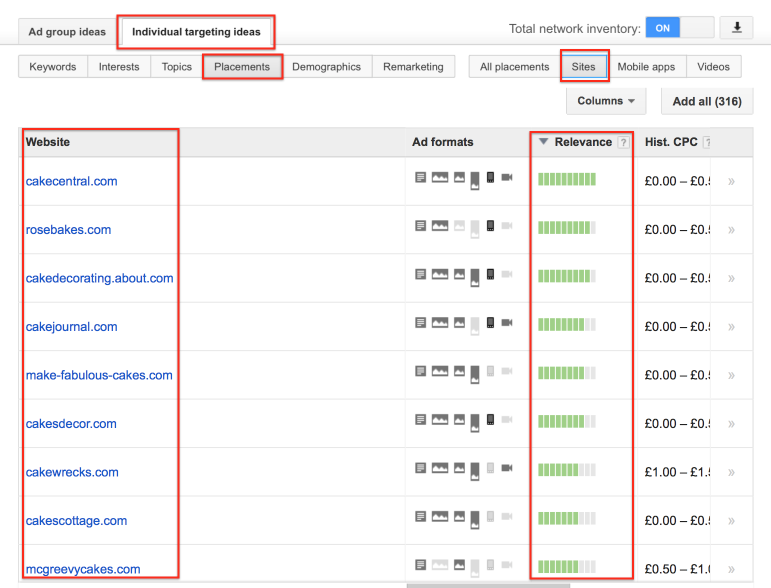
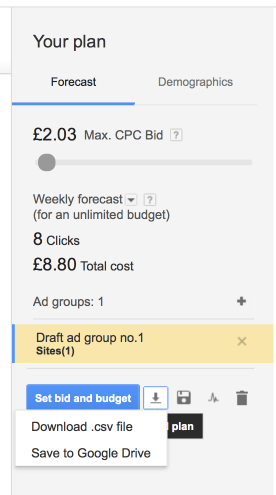

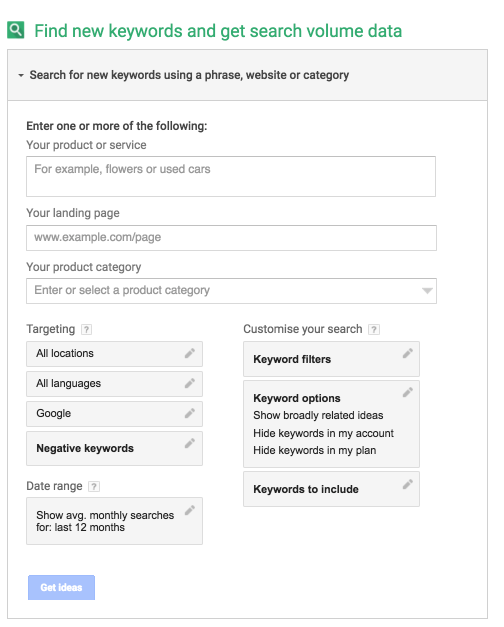
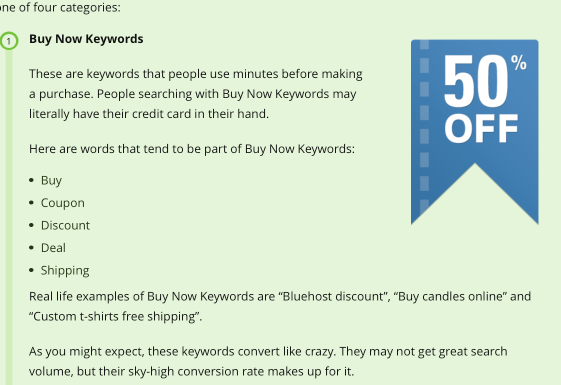
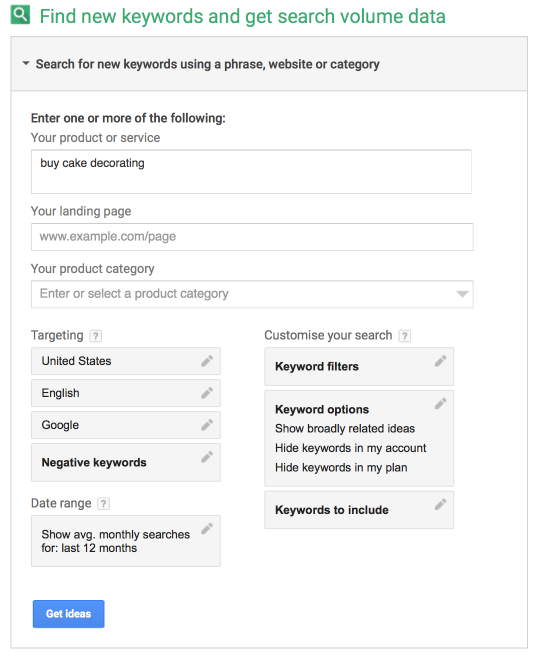
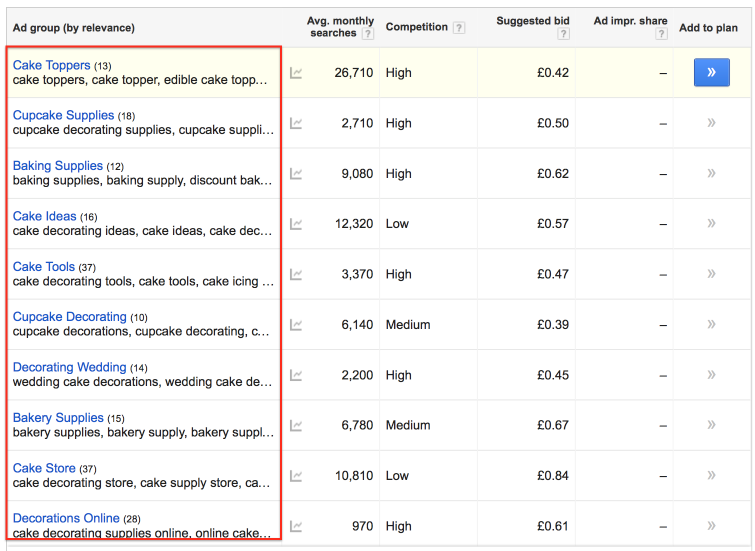
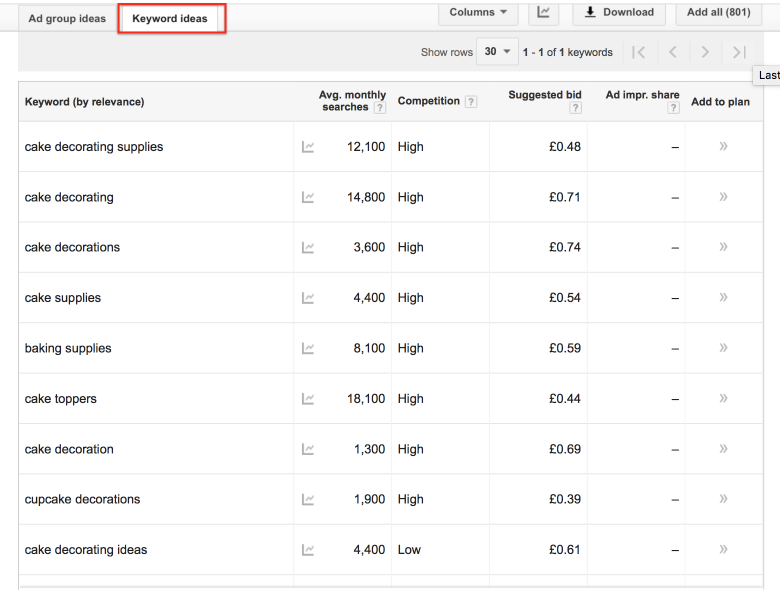
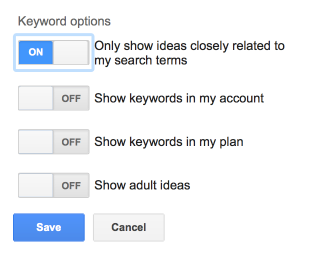
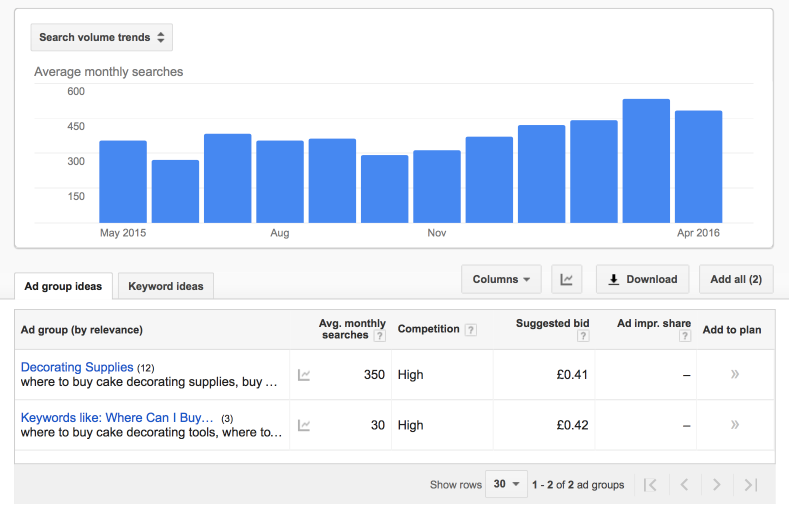
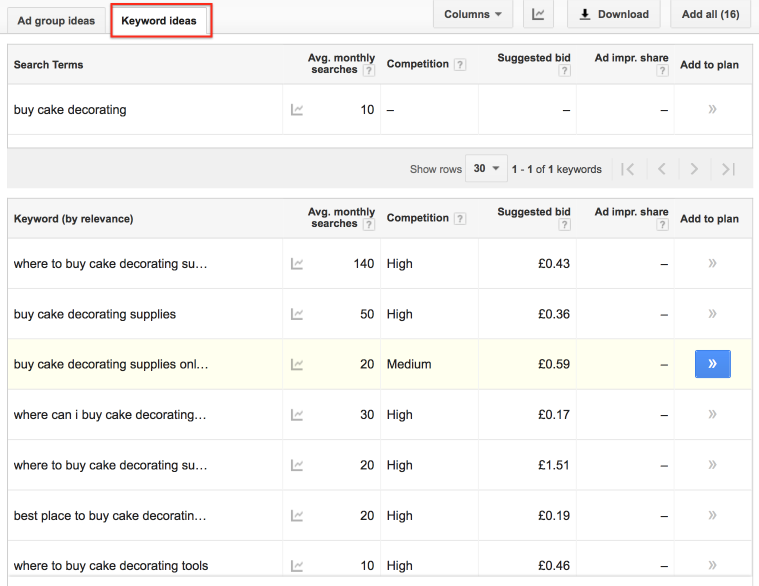


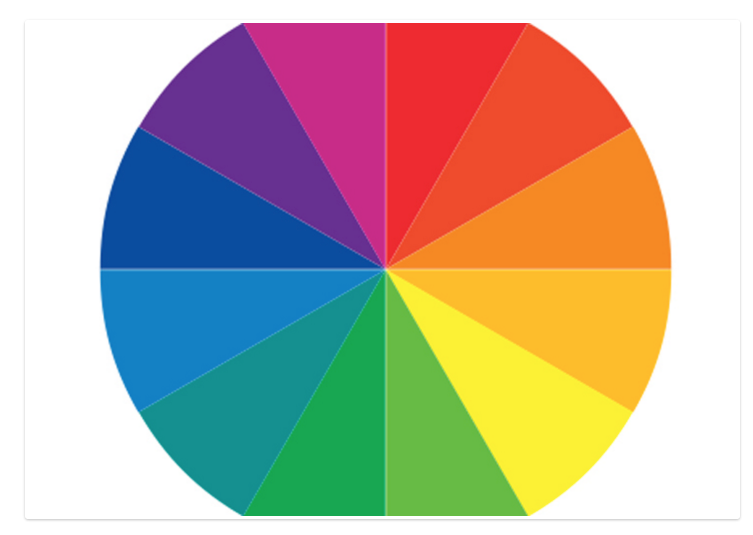
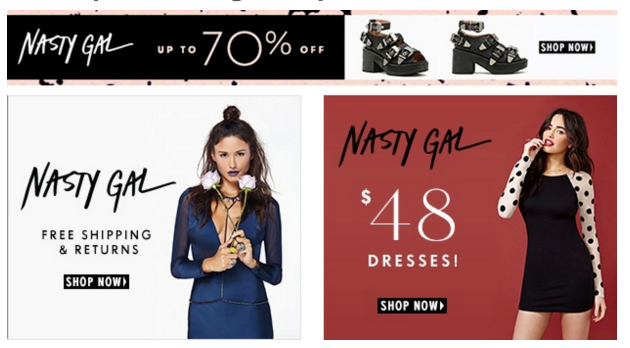
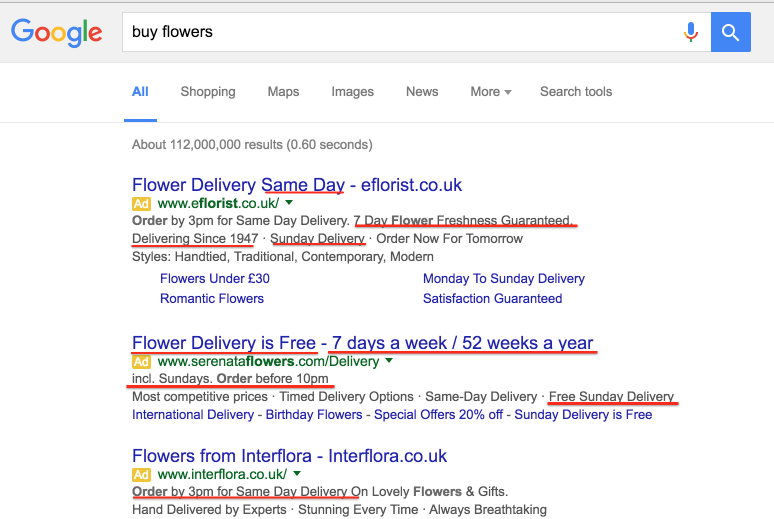
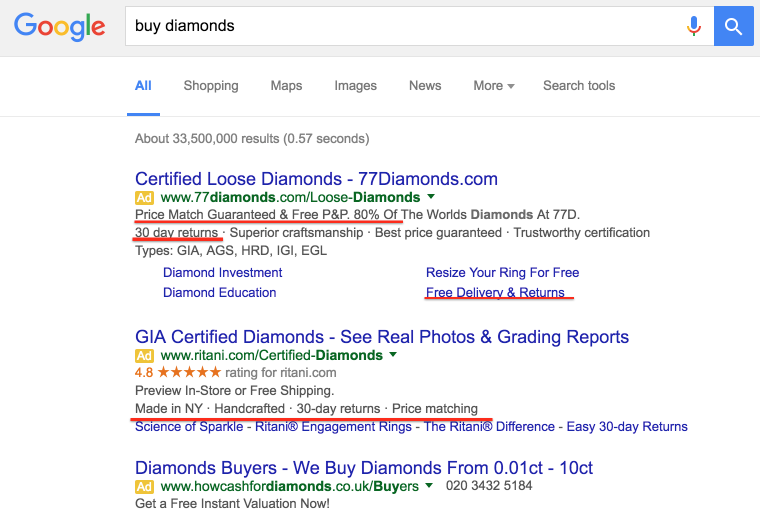
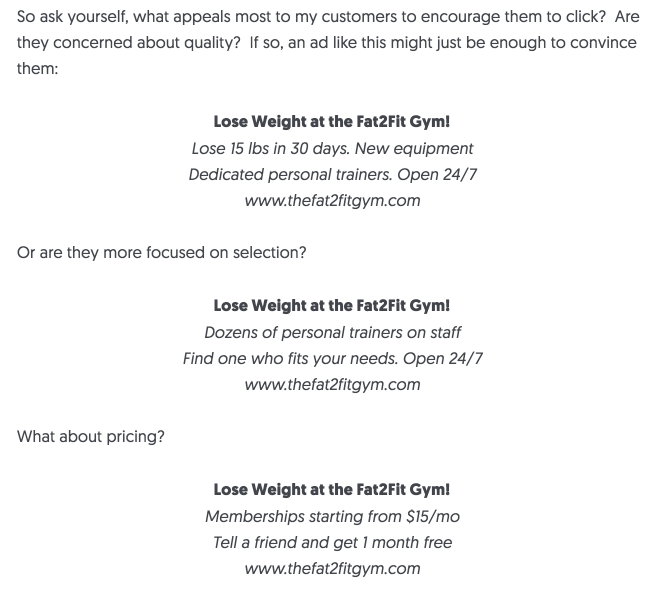

Comments (35)